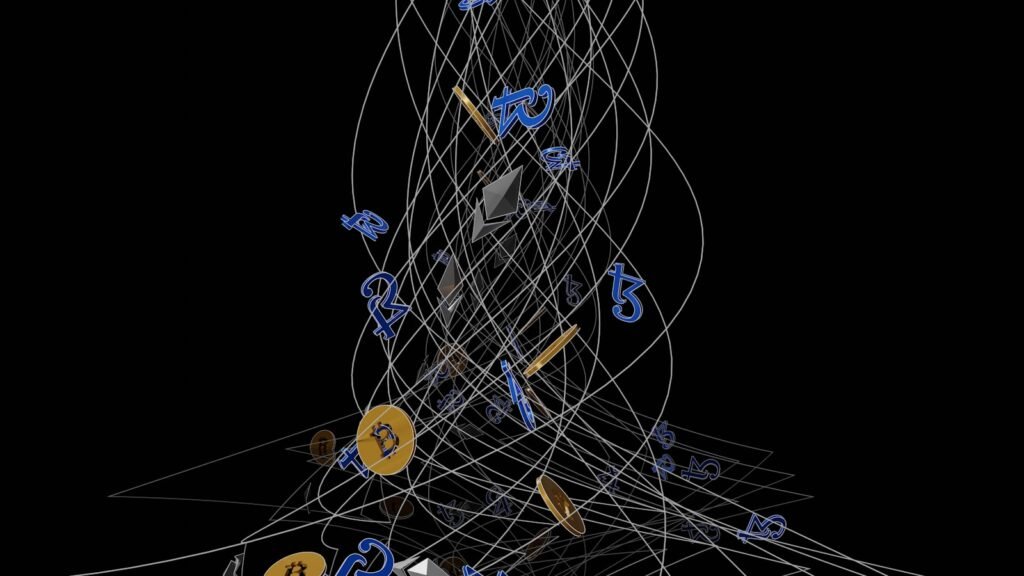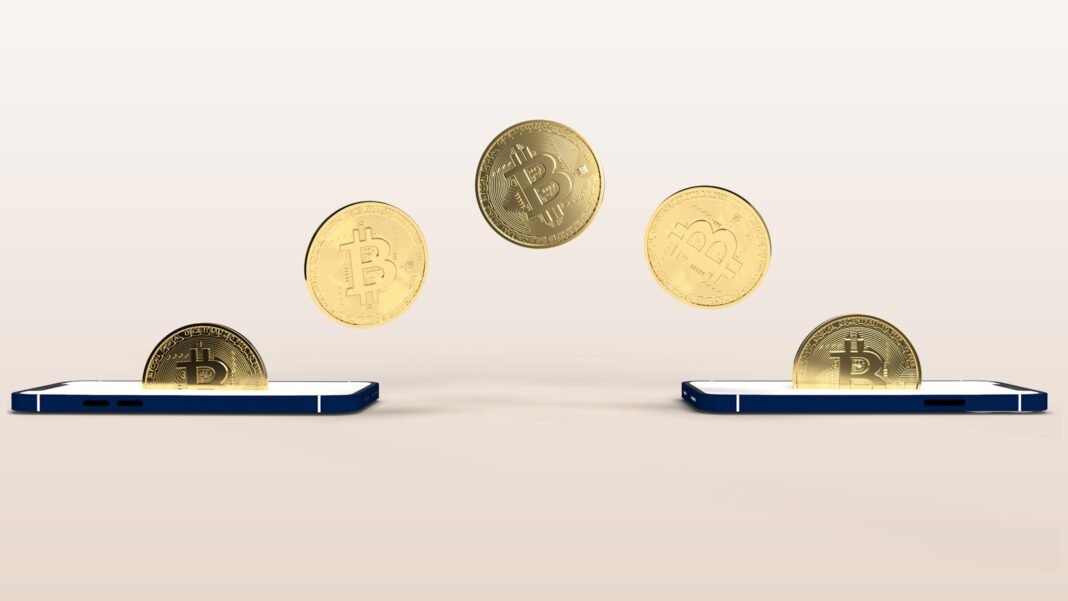Imagine a world where every financial transaction, every contract, and every digital interaction is recorded on a public, transparent, and unchangeable ledger. That’s the power of blockchain technology. But how can anyone make sense of all that data? How can you verify a transaction, check your wallet balance, or explore the history of a specific cryptocurrency? The answer lies in a tool called a blockchain explorer. Often described as the “Google for blockchain,” a blockchain explorer is an essential interface that allows anyone to inspect and interact with the data stored on a blockchain. Whether you’re a curious newcomer or a seasoned crypto enthusiast, understanding how to use a blockchain explorer is a fundamental skill. This blockchain explorer tutorial will guide you through everything you need to know, from the basics of what it is to practical steps for using it effectively.
Also Read: CEX vs DEX: Which Crypto Exchange Is Right for You?
What Is a Blockchain Explorer?
A blockchain explorer is a web-based tool or application that provides a user-friendly way to access and search the data stored on a blockchain. Think of it as a search engine specifically designed for blockchain networks. Instead of indexing web pages, it indexes transactions, blocks, wallet addresses, and other on-chain activities. Every blockchain, from Bitcoin and Ethereum to Solana and Cardano, has its own explorers, such as Blockchain.com for Bitcoin, Etherscan for Ethereum, or Solscan for Solana. These tools tap directly into the nodes of a blockchain network to retrieve real-time data, which they then display in an organized and human-readable format. Without a blockchain explorer, interacting with a blockchain would require technical expertise in running nodes and interpreting raw data, making it inaccessible to most people. Explorers democratize access to blockchain data, empowering users to verify transactions, track movements, and audit activities transparently.
Why Blockchain Explorers Matter
Blockchain explorers are more than just convenient tools; they are the windows into the soul of a decentralized network. Their importance cannot be overstated, especially in an ecosystem built on principles of transparency and trustlessness. For users, explorers provide a way to verify transactions independently. Instead of relying on a third party like a bank or exchange to confirm a payment, you can check the status yourself directly on the blockchain. For developers, explorers are indispensable for debugging smart contracts, monitoring network activity, and analyzing trends. Investors and traders use them to track large transactions (often called “whale movements”) that might signal market shifts. Moreover, auditors and regulators leverage explorers to ensure compliance and investigate fraudulent activities. In short, blockchain explorers turn abstract cryptographic data into actionable insights, fostering accountability and confidence in the system.
Also Read: Crypto Wallets: Hot vs Cold Storage Comparison
How to Use a Blockchain Explorer: A Step-by-Step Tutorial
Using a blockchain explorer might seem daunting at first, but once you understand the basics, it becomes intuitive. This blockchain explorer tutorial will focus on general principles applicable to most explorers, with examples from popular platforms like Etherscan. Let’s walk through the key features and how to use them.
1. Searching for Transactions
Every transaction on a blockchain has a unique identifier called a transaction hash (or TXID). It’s a long string of letters and numbers that acts like a receipt number. If you’ve sent or received crypto and want to check its status, copy the TXID from your wallet and paste it into the search bar of the explorer. The results will show you details like the sender and receiver addresses, the amount transferred, the transaction fee, the block height it was included in, and its confirmation status. If the transaction is still pending, you’ll see that reflected here.
2. Exploring Blocks
Blockchains are made of blocks, which are batches of grouped transactions. You can search for a specific block by its number or height. The explorer will show you all the transactions contained in that block, along with details like the block’s timestamp, the miner or validator who added it, and the total fees collected. This is useful for understanding network activity and congestion.
3. Checking Wallet Addresses
You can explore any wallet address by pasting it into the search bar. The explorer will display the balance of that address and its entire transaction history. This allows you to see all incoming and outgoing transactions, along with their dates and amounts. For privacy reasons, addresses are pseudonymous, but this feature is invaluable for tracking flows or verifying your own holdings.
4. Viewing Network Metrics
Most explorers provide overviews of network health, such as the current hash rate, transaction volume, average gas fees, and the number of active addresses. These metrics help users gauge network activity and make informed decisions.
5. Interacting with Smart Contracts
On blockchains like Ethereum, explorers allow you to view smart contract code and interact with functions directly from the interface. This is advanced functionality but is incredibly powerful for developers and technically savvy users.
Also Read: How to Buy Bitcoin: Step‑by‑Step Tutorial

Practical Examples and Use Cases
Let’s make this practical. Suppose you sent Ethereum to a friend and want to confirm they received it. You’d grab the TXID from your wallet, head to Etherscan, and paste it into the search bar. Within seconds, you’d see whether the transaction was successful, how many confirmations it has, and even the exact time it was processed. Or imagine you’re researching a new token. You could look up its contract address on the explorer to verify its legitimacy, check its total supply, and see how many holders it has, helping you avoid scams. For businesses, explorers can be used to track supply chain transactions or verify the authenticity of records without relying on intermediaries.
Limitations and Considerations
While blockchain explorers are powerful, they do have limitations. First, they only display on-chain data, meaning they can’t show information about transactions that occur off-chain, such as those on centralized exchanges. Second, while transactions are transparent, wallet addresses are pseudonymous, so it can be challenging to link addresses to real-world identities without additional data. Finally, explorers are read-only tools; they don’t allow you to modify or reverse transactions, as the blockchain is immutable.
The Future of Blockchain Explorers
As blockchain technology evolves, so too will explorers. We can expect more user-friendly interfaces, enhanced analytics, and integration with decentralized applications (dApps). Some explorers are already incorporating features like token swap capabilities or NFT marketplaces, blurring the lines between explorers and full-service platforms. With the rise of privacy-focused blockchains, explorers may also adapt to provide insights while respecting confidentiality.
Also Read: How to Buy Ethereum: The Complete Beginner’s Guide
Conclusion
A blockchain explorer is an indispensable tool for anyone involved in the crypto space. It transforms complex blockchain data into accessible information, enabling transparency, verification, and exploration. This blockchain explorer tutorial has shown you how to use explorers to search transactions, analyze blocks, check wallets, and monitor network metrics. Whether you’re confirming a payment, researching a project, or satisfying your curiosity, mastering blockchain explorers empowers you to navigate the decentralized world with confidence. As you continue your journey, remember that explorers are your lens into the truth of the blockchain, a lens that puts power back into your hands.

